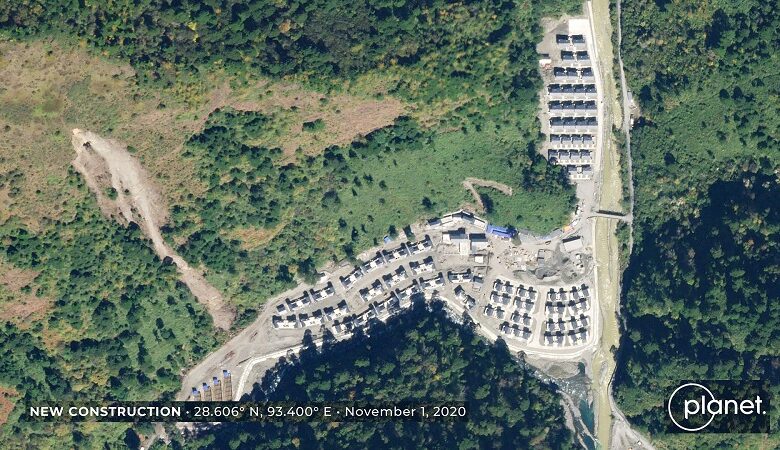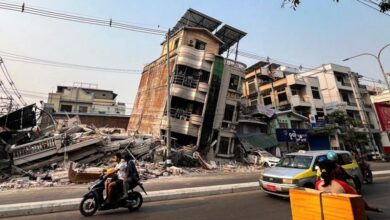
News Mania desk/Agnibeena Ghosh/29th April 2024
Four years into the military standoff in eastern Ladakh, China continues to escalate tensions along the Line of Actual Control (LAC) by intensifying its border infrastructure development, constructing dual-use villages, reinforcing military positions, and deploying additional aircraft. Despite sporadic disengagement efforts, satellite imagery and intelligence reports indicate ongoing Chinese activities across the 3,488-km stretch of the LAC, from Ladakh to Arunachal Pradesh.
The People’s Liberation Army (PLA) has focused on enhancing military infrastructure in areas adjacent to buffer zones like Pangong Tso, Kailash range, and Gogra-Hot Springs, areas contested by India. This includes building roads, bridges, tunnels, and helipads to improve connectivity to forward positions, as well as constructing bunkers, camps, and artillery positions. The eastern sector, encompassing Tawang in Arunachal Pradesh and Naku La in north Sikkim, has witnessed a significant uptick in PLA activity.
India has responded with commensurate military deployments while bolstering its own infrastructure along the frontier. However, China has sought to offset its air combat disadvantages by deploying additional fighters, bombers, reconnaissance aircraft, and drones. Airfields like Hotan, Kashgar, and Gargunsa have been upgraded with extended runways and hardened shelters to accommodate a larger fleet.
Recent satellite imagery reveals the deployment of new fighter-bombers and heavy-lift aircraft at Hotan, augmenting the existing PLA air assets in the region. Moreover, China has been constructing dual-use border villages along disputed stretches of the LAC to bolster its territorial claims and reinforce PLA positions. The PLA’s permanent stationing of troops along the LAC suggests a long-term strategic commitment to assert dominance in the region.
The standoff, which began with clashes in Pangong Tso in May 2020, has persisted despite intermittent disengagement efforts. Currently, an estimated 50,000 to 60,000 PLA troops with heavy weaponry are deployed in Ladakh and central sectors, with an additional 90,000 soldiers in the eastern sector. Despite occasional diplomatic overtures, China’s military buildup along the LAC remains a significant challenge for India’s security and territorial integrity.
In response to China’s aggressive posturing, India has prioritized enhancing border infrastructure and strengthening military capabilities along the frontier. The strategic significance of the LAC has prompted both countries to bolster their military presence, leading to a prolonged standoff characterized by periodic escalations and de-escalations.
The construction of dual-use villages along the LAC underscores China’s strategic objective of consolidating territorial control while projecting power in disputed regions. These villages serve as forward bases for PLA troops and reinforce China’s territorial claims, exacerbating tensions with India.
The ongoing military standoff highlights the complex geopolitical dynamics in the Indo-Pacific region, with India and China vying for influence and control along their contested border. Despite diplomatic engagements and occasional border talks, the militarization of the LAC persists, posing a persistent challenge to regional stability and security.
As both countries continue to assert their respective claims along the LAC, the need for sustained dialogue and confidence-building measures remains imperative to prevent further escalation and foster peaceful coexistence. However, until a comprehensive resolution is reached, the border dispute between India and China will likely remain a source of tension and uncertainty in the region.






